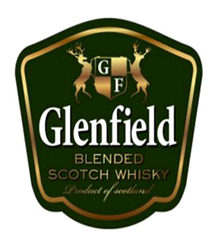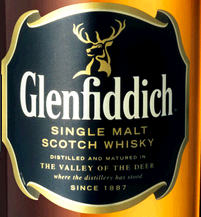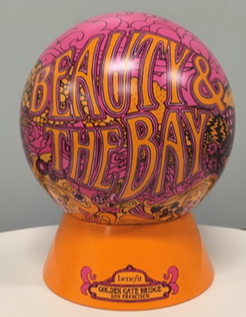COVID-19: USPTO Offers 30-Day Extension of Filing and Payment Deadlines to Those Affected by COVID-19 Outbreak
In a Notice issued March 31, 2020, the U.S. Patent and Trademark Office (“USPTO”) extended certain filing and payment deadlines due between March 27, 2020, and April 30, 2020, by 30 days from the initial due date, provided that the filing is accompanied by a statement that the delay was due to the COVID-19 outbreak. The USPTO’s authority to offer this extension was part of the Coronavirus Aid, Relief, and Economic Security Act (CARES Act), signed into law on March 26, 2020.
Read More


